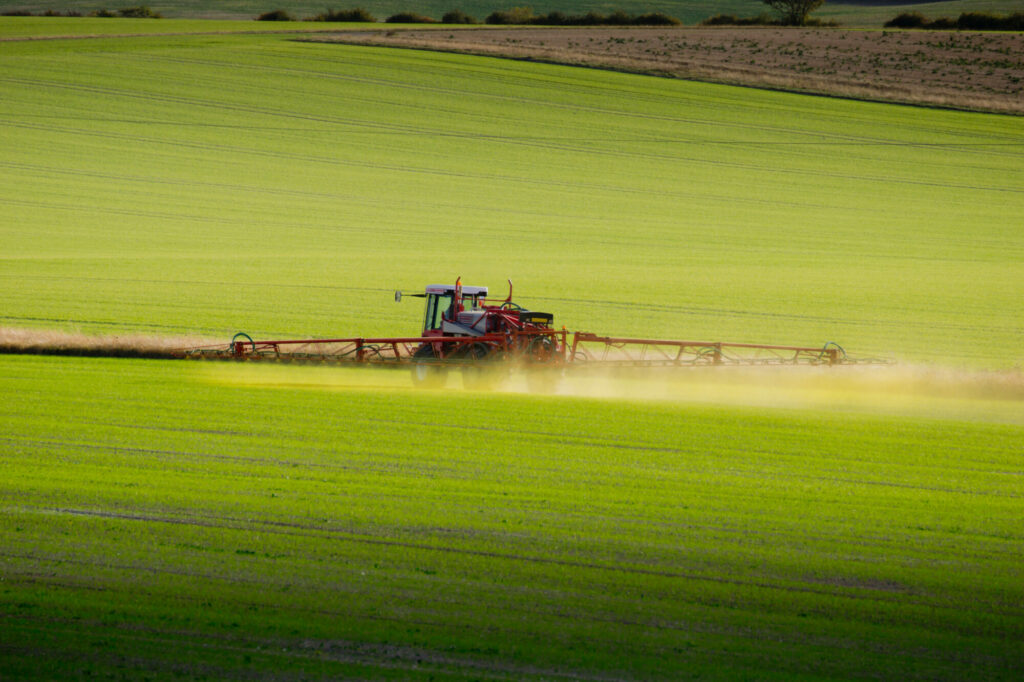Fertiliser recommendations revised on back of price spike
15th November 2021
AHDB has issued new guidance to help growers plan their nitrogen (N) applications, following a sharp increase in the cost of fertilisers.

The current energy crisis has led to unprecedentedly high fertiliser prices of up to £2 per kilogram of nitrogen and reports of prices per tonne well in excess of £600, with the potential to rise further before spring 2022.
As a result, AHDB commissioned ADAS to conduct a two-stage study to help arable growers and their advisers decide whether to reduce N applications, if so by how much and assess the impact on yields.
The first stage, published by AHDB last week (9th November), looks at the three major UK crops: wheat, barley and oilseed rape.
The price spike means growers need to factor a new ‘economic optimum’ – or the point at which the value of extra grain produced is not worth the cost of the extra N applied – in their nutrient management plans.
RB209 price tables have been extended up to £2.50 per kilogram of nitrogen (or £863 per tonne of ammonium nitrate), £350 per tonne for grain and £700 per tonne for rapeseed to reflect current strong prices for both inputs and outputs.
For example, the new data indicates that at a grain price of £200 a tonne, a rise in the ammonium nitrate fertiliser price from £345 to £863 a tonne would see a reduction in N application of 70 kg/N a hectare. Similarly, at a rapeseed price of £500 per tonne, the same price rise for N would see a reduction in fertiliser application of 70 kg/N a hectare. The resulting changes in yield would be -0.6 tonne per hectare and -0.25 tonne per hectare respectively.
Dr Georgina Key, AHDB’s cereals and oilseeds crop nutrition specialist, said: “Significantly reduced production, in the UK and on the continent, has led to prices of nitrogen fertilisers increasing dramatically. Over the past few months, the price rise of fertiliser has outpaced prices for grain and as such, it is absolutely essential that farmers consider adjusting nitrogen fertiliser applications in the spring to ensure they are still at an economically optimum level.”
The second part of the study, reporting in January 2022, will consider further arable crops, as well as other aspects of crop nutrition management affected by price increases.
You can share your views with us on fertilisers, or any other farming issue by emailing us at views@farmersguide.co.uk
